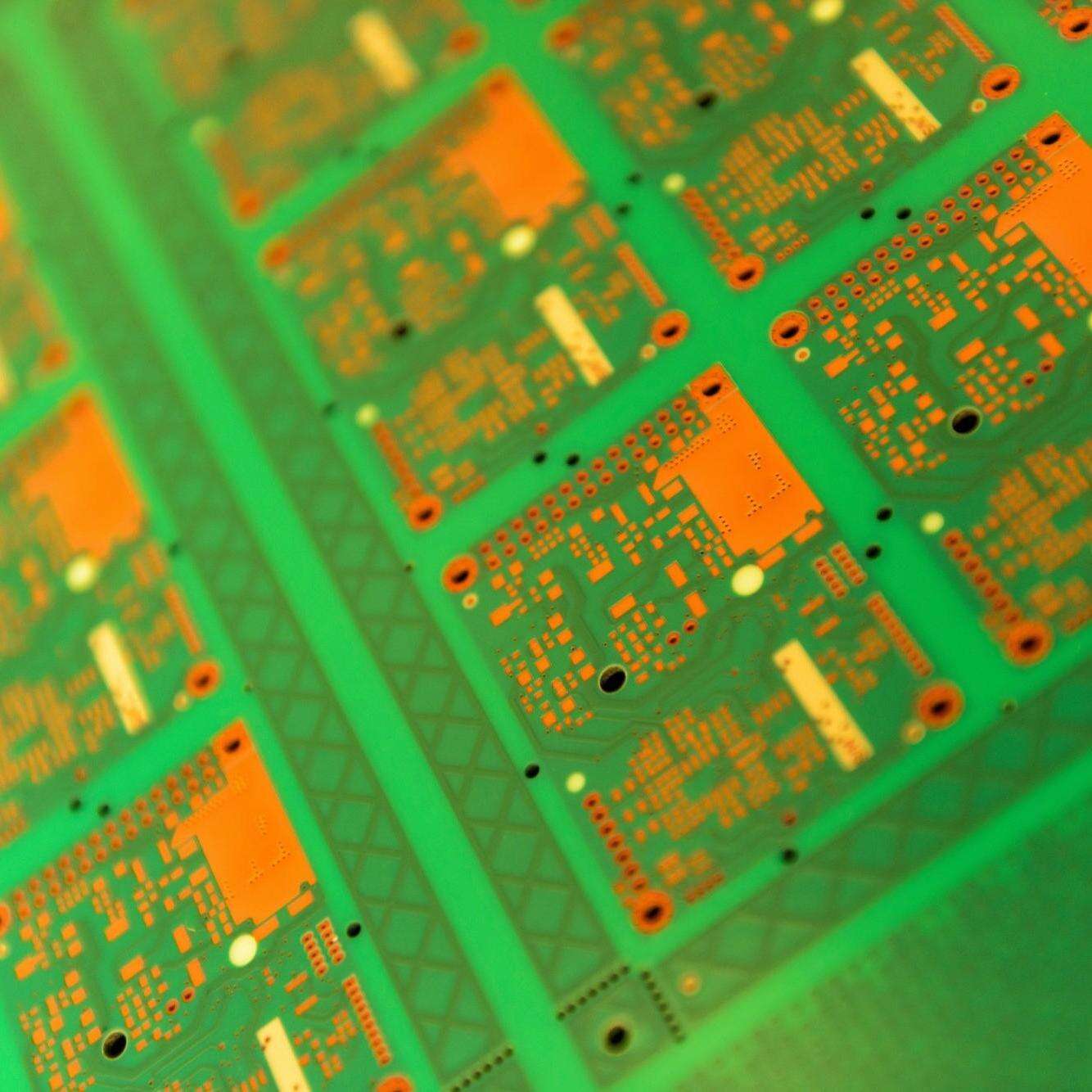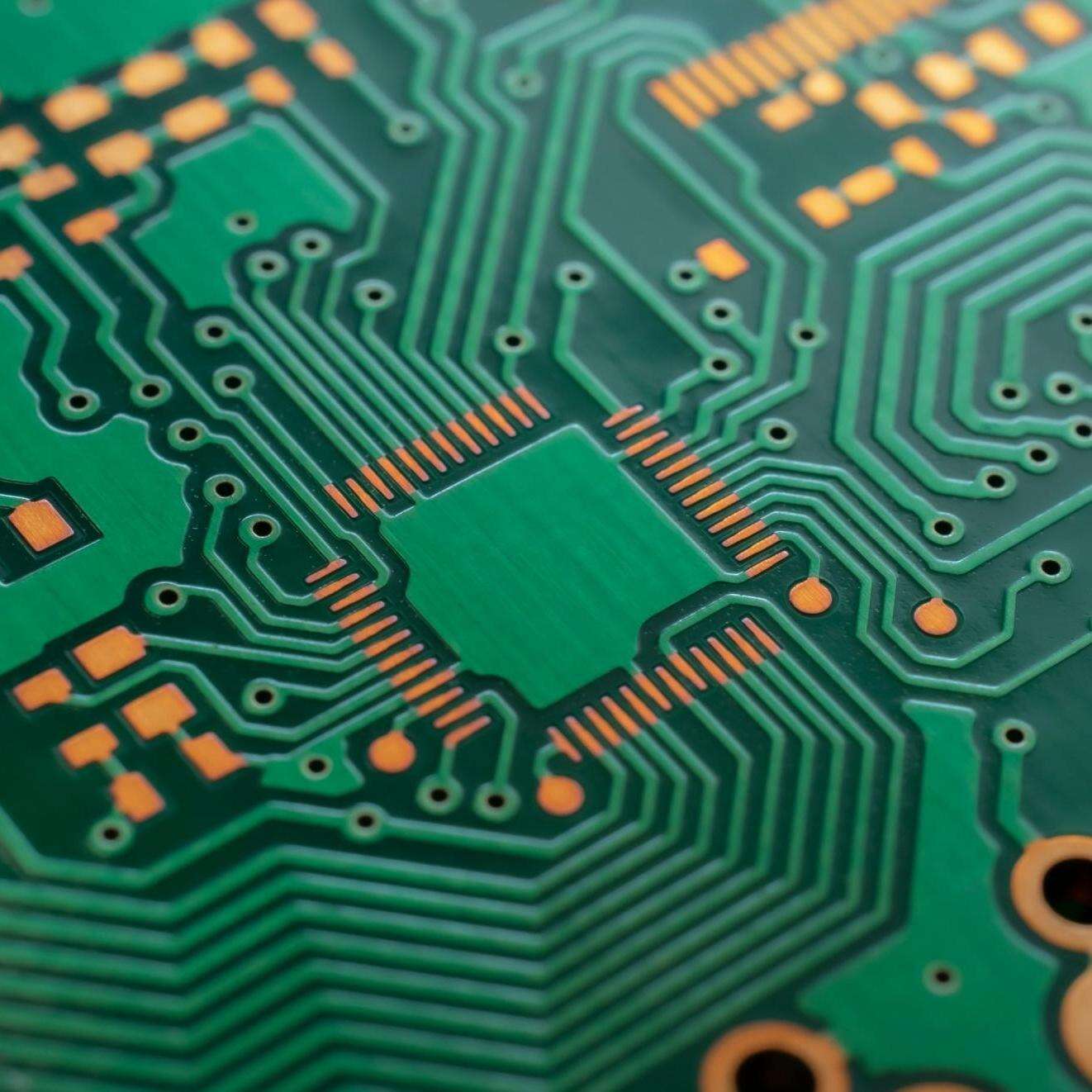Copper-based PCB is a metal-based circuit board (MCPCB, metal core PCB), and the substrate material is copper. Among the types of metal-based PCB, the thermal conductivity is the best. The thermal conductivity of copper-based PCB can be as high as 400 watts, which is better than that of aluminum-based PCB. It is an ideal choice to meet the needs of high-power LED light sources and can effectively solve a series of heat dissipation problems such as high-power lamp dead light, high heat generation, and severe light decay.
Copper substrate and aluminum substrate are the most popular plates in metal-based PCBs. They have their own advantages and are widely used in products such as automobiles, stage lighting, projection lamps, control panels, photography lamps, stage laser lamps, etc. They are important components of high-power electronic devices.
Copper-based PCBs play an indispensable role in high-performance electronic products due to their excellent thermal conductivity and heat dissipation performance. They are particularly suitable for fields that require efficient thermal management, such as LED lighting, high-frequency circuits, and power electronics. They can ensure the reliability and service life of equipment under high load and high temperature conditions.


Copper-based PCBs are everywhere in the electronics industry, especially in high-end industries. With the sustainable development of society, copper-based PCBs will play an important role in more fields. Although its cost is higher than that of traditional FR4 boards, it has broad application prospects due to its excellent thermal and electrical conductivity. However, the production process of copper-based PCBs is more complicated than that of FR4 PCBs. The following are the key points of the process that need to be focused on:
Reasonable design of the stacking structure is the key in copper-based PCB manufacturing. For example, if the finished board thickness is 1.6mm, the finished copper thickness is 1OZ, and the copper base is 1.2mm, you can choose the stacking structure of "H+2116+core board+2116+H", and give priority to PP materials with high glue content.
It is set according to the parameters of copper-based PCB, taking into account factors such as exhaust, copper heat conduction, resin curing, etc. Lamination is a crucial step in the copper-based PCB manufacturing process.
Bend according to the size required by the customer. Pay attention to the direction and angle, usually 90°. If there are special requirements, follow the documents.
The heat dissipation holes need to be opened with a special copper-based milling cutter. The rotation speed cannot exceed 15,000rpm and the cutting speed cannot exceed 3m/min.
Before tin spraying, the bend needs to be exposed by opening a window. Cut the PP and solder mask layer in the direction shown in the figure to expose the copper surface for subsequent tin spraying.
The outer layer of the bending area is peeled off through high-temperature bonding to expose the copper base position; if there are screw holes, they will also be exposed in this step.
Solid or liquid resin can be selected to fill the holes of the copper substrate as needed. After heating and melting, the resin will automatically flow into the holes, so there is no need to clean the board resin.
Surface copper thickness control is the core process point of copper-based PCB manufacturing. It should be given priority in design. The recommended surface copper thickness is 35um, and the positive and negative tolerance should be controlled within 5um.
It is recommended to use the full-board electroplating process to avoid uneven coating thickness. After the PTH is completed, electroplating is performed to thicken the surface copper to 35um, and then the circuit is made, the etching process and the electroplating solder mask are performed.
Surface treatment can prevent copper-based oxidation and improve solderability. The commonly used method is hot air leveling (HASL). The process temperature of lead-free HASL is 270°C * 3-4 seconds. Note that the copper substrate should be avoided from repeated tin spraying as much as possible to prevent problems such as explosion holes and too thin copper surface.
PCBally is a professional metal-based circuit board manufacturer, producing MCPCB, aluminum-based PCB and copper-based PCB, with short delivery time, excellent service and strict quality.
We can quickly and accurately understand customers' needs for copper-based PCBs, provide high-quality, low-cost products, and ensure that customers receive satisfactory products on time.
We are equipped with advanced automated production equipment and professional testing instruments to ensure that we provide customers with high-performance, reliable copper-based PCB products and services.
PCBally is committed to the production of high-quality copper substrates, with advanced production technology, flexible and efficient operation mechanism, and the spirit of continuous pursuit of excellence and reputation.